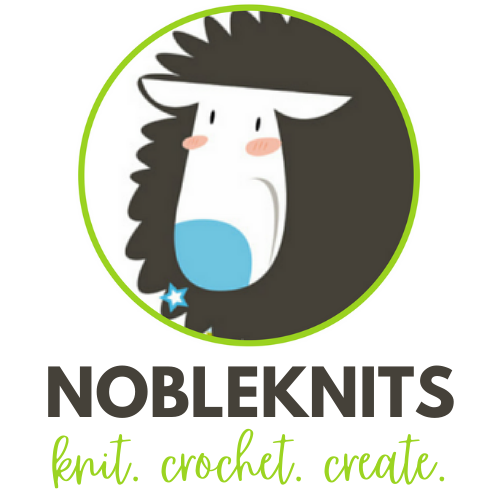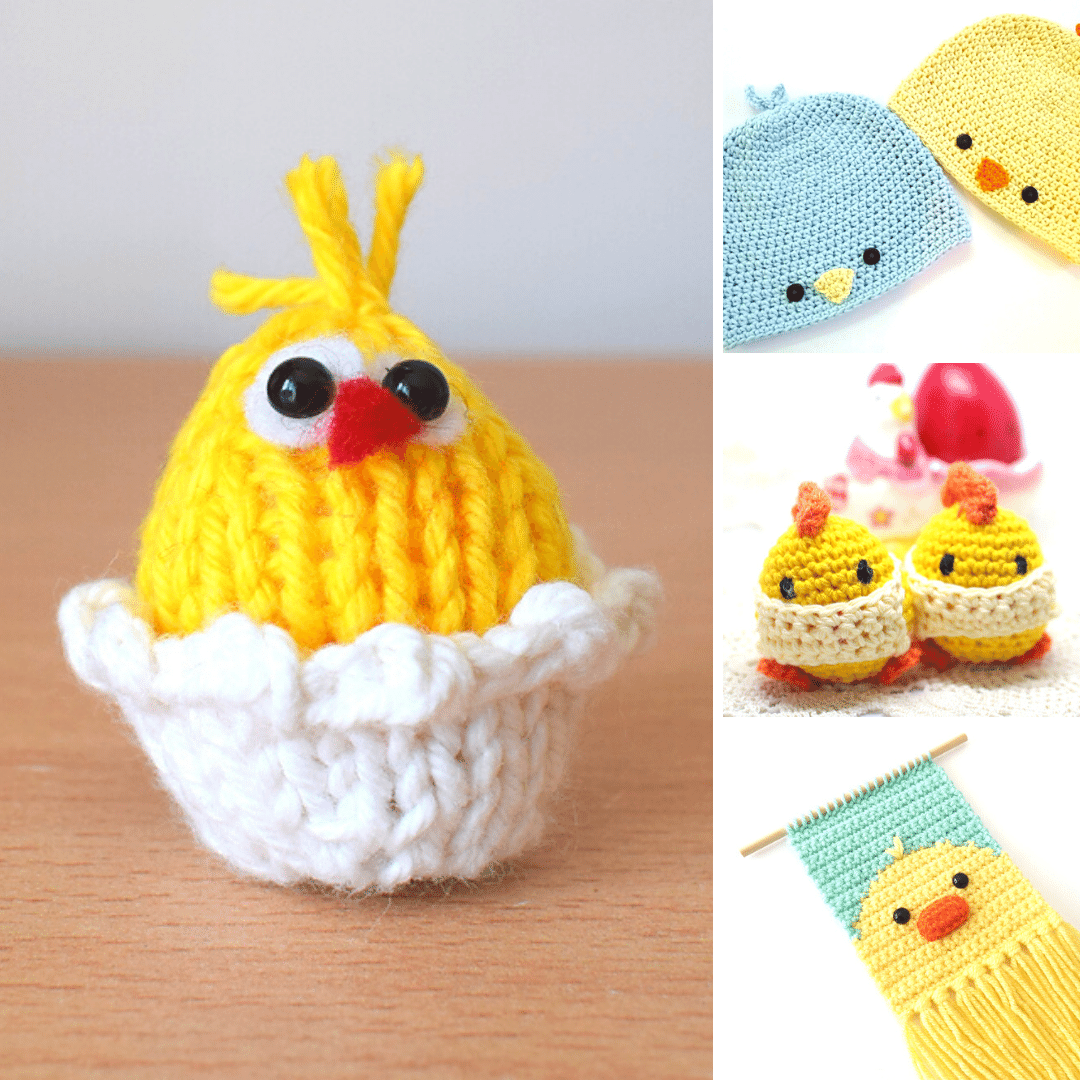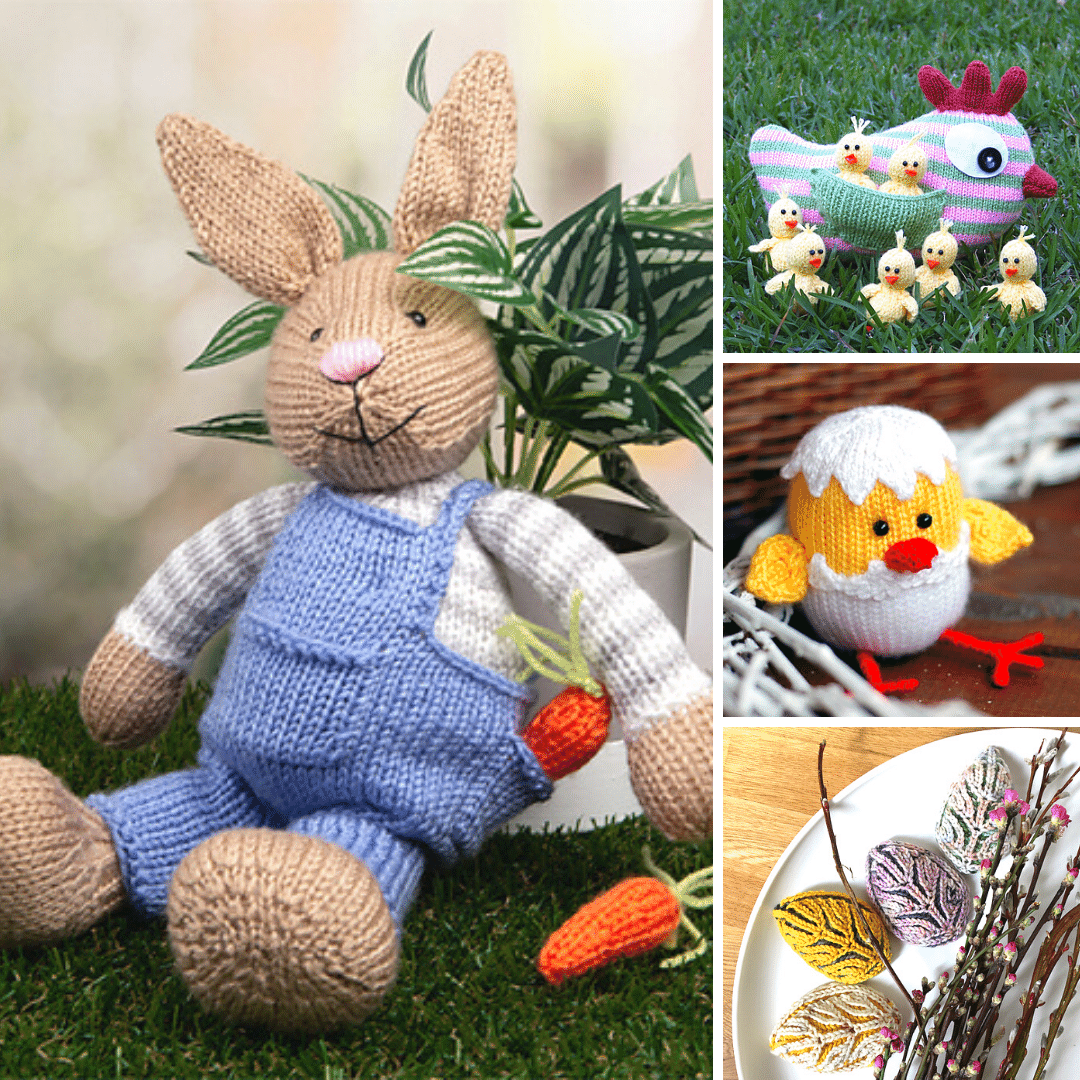10 Questions You Should Ask Before Knitting with Linen Yarn
Knitting with Linen
If you’ve been knitting with wool for a while and now are starting a project with linen - be prepared. Knitting with linen is an entirely different experience!
This post may contain affiliate links. Please see my full disclosure for more information.
In this article, I’ll cover everything you need to know about linen yarn.
Be sure to read #8 to find out how to knit with linen yarn.
#1. What is linen yarn?
Linen is a strong, durable fiber from the flax plant. Around for thousands of years, this fiber is three times stronger than cotton and second in strength to silk.
It’s created by extracting the long cellulose fibers from the center of this tall thin plant. Once harvested, it is one of the most laborious yarns to produce.
Linen is perfect for knitting spring and summer weight garments because of its absorbency and drape. The long linen fibers have a natural wax coating, providing a lovely sheen to completed projects.
Other wonderful flax yarn properties include that it is anti-fungal and antibacterial.
#2. Flax yarn vs linen yarn: Is there a difference?
This is a common question. There is no difference between flax or linen.
Flax (Linum usitatissimum) is the name of the plant and linen is the name of the fiber produced by the plant. The words are sometimes used interchangeably to describe either the yarn or the plant.
#3. What is wet spun linen?
There are three main ways natural linen yarn is spun: wet spun, semi-wet spun, or dry spun. Wet spun is usually used on the finest longest linen fibers while semi-wet and dry spun are methods are used to create yarns using short fiber lengths.
A longer length fiber will produce an extremely smooth yarn while a short fiber will produce a more rustic feeling and thicker finished fiber.
Linen strands may also be plied to create a thicker yarn. For example, a fingering weight yarn may be just one strand while to create a sport or dk weight yarn 3 or 4 strands can be plied together to create yarns for those weights.
#4. How do you soften linen yarn and make it less stiff?
One of the characteristics of 100% linen yarn is that it has a stiffness to it. When in the yarn skein and while being knitted, it feels like it’s not going to be very soft against the skin.
Surprisingly, it will be! When washed (see how-to below), linen will begin to soften over time and provide soft yet crisp stitches that feel cool and refreshing against the skin - exactly what you want for warm weather wear!
Note: Linen is supposed to be somewhat crisp; that is part of the nature and beauty of this fiber.
#5. How do you wash linen knits?
There are two recommended ways to wash linen knits - hand washing or machine washing. Be sure to check the yarn label for care instructions if you are working with a linen blend yarn.
Here’s how to wash your linen for best results.
Handwashing
Fill sink or small tub with warm water
Add a small amount Soak Wash (available on Amazon) or detergent meant for knitted garments
Squeeze gently (do not wring or twist)
Wrap in a towel and squeeze to remove excess water
Lay flat to dry
Machine Washing
Believe it or not, linen is even stronger when wet and it can take the agitation of a washing machine. Many knitters (including myself) find that using a washing machine softens the linen and improves the drape.
Wash with like colors in a normal wash load
Place in dryer on regular heat
Remove while the garment is still a little damp
Lay flat for the remainder of the drying process
#6. Blocking Linen Yarn
Most expert knitters will tell you, linen doesn’t need to be blocked the way wool or will blend yarns need it.
In fact, if you block using an iron, be sure not to let the iron touch the stitches. Not because linen can’t handle the heat but because you don’t want to flatten the stitches.
If you follow the washing instructions above (either hand wash or machine wash) and lay flat to dry, it should be enough to block the linen.
Prefer to do traditional blocking with a blocking board and pins? I recommend using wet blocking or modified wet blocking and then pin to shape and allow to dry.
#7. Why is linen good for summer?
When you want to feel cool in hot weather, you can’t wear anything much better than linen! Linen is natural thermo-regulating so it keeps you cool by absorbing moisture and wicking it away from the body.
Imagine sitting poolside or at the beach and working on a knitting project. Having a linen knit on your lap will keep you much cooler than if you have a wool garment draped across your legs. It’s a favorite of mine for knitting when outside in summer heat!
Linen is lightweight, open, and airy. You can wear it directly against the skin or layer it over a tank or tee.
Linen knits are also easy care, so they’re ideal for vacation or travel wear.
Since moving to Southern California, I now wear linen nine months out of the year!
#8. How to knit with linen yarn?
As I mentioned in the beginning of this article, working with linen is completely different than knitting with wool.
Linen is inelastic. It doesn’t have the same bounce, give, or spring that you’ll find with wool (or a wool blend). That doesn’t mean that it’s awful to work with - it just means you need to adjust your expectations and know that it’s not going to act like wool.
I hadn’t knitted with linen for some time and recently decided to treat myself by knitting a sweater just for me (I usually knit to create knits for others to make, not for myself). I chose Dandoh’s Forest Weave Pullover knitting pattern.
Since it had been a while to knit with linen, I forgot that I needed to approach things differently. After a few rows, I kind of “had it out” with the linen and let it know who was boss. With wool, it just does what it’s supposed to do, hugs the needle when you knit it and stays put. Linen is a different story. You need handle it. Put the linen where it’s supposed to go and give it room to be on the needle.
Here’s some helpful tips to knitting with linen:
Linen has no stretch or give so allow you need to let the yarn glide through your fingers. Try not to knit too tightly.
Say good-bye to center-pull balls when knitting with linen unless you’d like a tangled mess of yarn. Tip: When I wind linen from a skein to a ball, I remove yarn label and fold it. Then I wind the yarn around the label to help stabilize it. It works like a charm!
If you are knitting a pattern that originally calls for wool yarn, you will probably need to go down one or two needle sizes to get the same results.
Wool yarn loves metal needles because of the glide and slide you get. When knitting with linen, wood or bamboo needles are a better option. Because linen will slip and slide a lot, wool or bamboo give you the control your knitting needs.
For the love of god, do a gauge swatch! I can’t stress this enough. Linen when knitted drapes and lays much differently after being washed/blocked. Refer to #5 and #6 washing and blocking your gauge swatch.
Traditional wool joins (such as wet splicing or Russian join) won’t work for linen. When adding a new skein (or if you find a knot in the yarn), knit using both the old and new skein strands together for about 5-10 stitches for a sturdy hold.
To weave in yarn ends use a duplicate stitch for the best results so that tail won’t come undone.
#9. What can I do with linen yarn?
You may be shocked to learn you can knit a lot of things with linen.
But guess what? There’s also a list of things you DON’T want to knit with linen. Anything that requires stretch or give is a “don’t” with linen. Garments such as socks, mittens, wrist warmers, and fitted hats are in the “no linen” category.
What you can knit with linen yarn are garments such as tanks, tees, tunics, pullovers, cardigans, wraps, and shawls.
What weight is linen yarn?
Just like all other fibers, linen is available in a variety of weights. Since natural linen tends to be very fine, you’ll find 100% linen at lace, fingering, sport, and dk weights.
Linen blends are available in all weights from lace to bulky.
If you’re looking for linen or linen blend yarn, you’ll be able to find something at almost every weight.
#10. Where can I buy linen yarn?
Linen and linen blend yarns are a favorite here at NobleKnits. I love the crisp richness that only linen can provide to your garment.
Linen yarns for many types of projects are readily available at online yarn stores. You can find yarns at these retailers:
Do you have a favorite linen yarn tip that needs mentioning? Let me know in the comments below!






